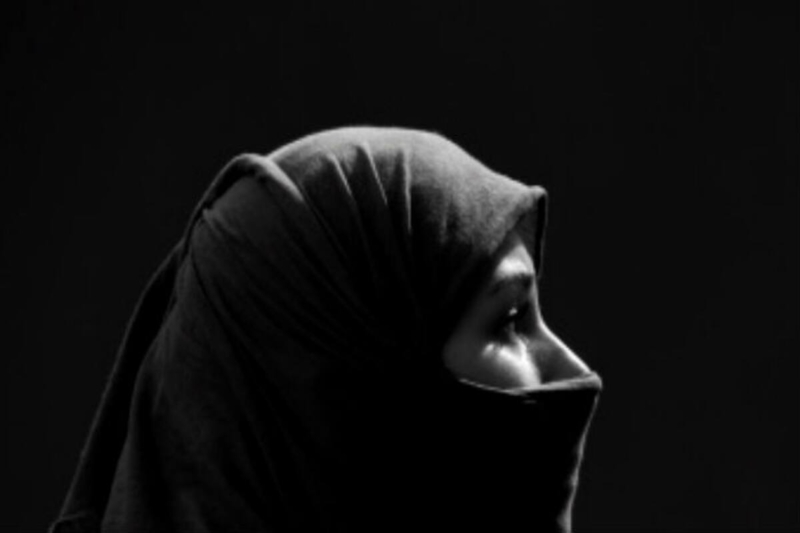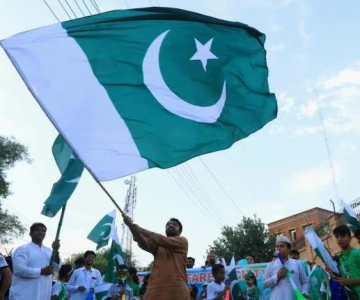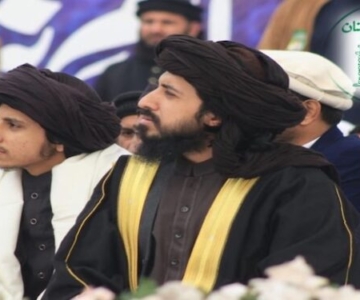Hindustan Times published this piece by Sadia Dehlvi yesterday.
Two weeks ago, an Afghan woman carrying a baby in her arms and wearing a headscarf was shot in the head by an American Latino while walking on a street in Fremont, California. She died leaving six small children behind. Next week, the women of Fremont, irrespective of religious faiths, will observe a ‘Wear a Hijab to Work Day’ as a mark of protest against the shooting.
The incident illustrates what the hijab has come to mean today. In a world where Muslims are associated with terrorism and are the victims of hate crimes, more and more young Muslim women are adopting the hijab as an expression of defiance and an assertion of Islamic identity.
Hijab is usually discussed in the context of women. However, the Quran clearly states in Surah Noor: “Say to the believing men that they should lower their gaze and guard their modesty: that we will make for greater purity for them: and Allah is well acquainted with all that they do.” (Quran 24:30)
The next verse says: “…and say to the believing women that they should lower their gaze and guard their modesty; that they should not display their beauty and ornaments except what appear thereof; that they should draw their veils over their bosoms and not display their beauty except to their husbands, their fathers, their husband’s fathers, their sons…” (Quran 24:31)
There is a tradition of the Prophet where he asked the men to tell their women to cover their heads. Islam is based on the love of God and the Prophet Mohammad. Clearly, there can be no compulsion in love. Everything in Islam is based on intent. If one starves all day and does not intend to fast, the starvation does not give you the reward of a fast observed in the name of God.
Similarly, if a woman is forced into hijab or one wears a designer turban and coat to make a fashion statement, that does not mean that she is adopting the hijab.
A woman must have the right to choose her dress code. The banning of headscarves for students in France is as oppressive as the Taliban forcing women into purdah. Last year, seven states in Germany banned the hijab for teachers. In an attempt to be part of the European Union, Turkey has banned hijab for women in public institutions who are on the government payroll. In each case, it is the woman who is being used and has become the symbol of those who want to purify Islam or demonise it.
In Muslim societies — from Egypt to Iran to Indonesia — many skilled professional women wear the hijab as a matter of choice and should not be necessarily viewed as being repressive. The hijab is often a matter of culture and tradition. In rural and traditional India, women, irrespective of their religions, cover their heads. In the Muslim ghettos of India, they have little or no access to education or jobs, their faith is all they have and they cling to its symbols.
The metro mindset now used to seeing almost obscene levels of fashion on film and television confuses modernity with Westernisation. My grandmothers wore the burqa and yet they were very progressive. I have many cousins who are work as architects, doctors and lawyers while donning the headscarf and none of them are remotely oppressed.
Sadly, Indian media is importing Western vocabulary, expressions and biases towards the Muslims. It is following the Western media pattern of keeping the Muslims engaged in irrelevant issues. Sound-bite hungry journos rush to procure sensational statements from self-proclaimed heads of the community who present opportunities for dialogues on the primitiveness of Muslim women.
This deflects attention from the educational, structural and economic issues that millions of Indian Muslims face as a whole. The debate that should be taking up media space is where
Read relevant post:



